Research interests
Update, March 4 2024
On 2 March, I gave a talk at TriStar, the Triad Starfest, about my research group and the impending elimination
of the Department of Physics and Astronomy at UNCG. Those slides can be viewed here
(12 MB .pdf). I deliberately interwove the Academic Portfolio Review timeline of events and details,
despite how distracting and overwhelming they are, to make just that point: all my students and I want to do is get
back to the science we love to talk about and do, but this process has entirely uprooted us. Indeed, it is
inescapable.
If you would like to view a recording of the talk, it is on YouTube.
---
Here I introduce my research group and give brief summaries of a few major research projects I'm involved in. The overarching theme tying together these projects is an interest in how magnetic fields mediate the flux of mass and energy within a star-disk system: my work focuses on activity, outflows, and accretion. I use large data sets and the solar-stellar connection to understand stars like the Sun when it was a few million years old and how it evolved to be the star we know now. At the same time, my stellar results inform possible solar extremes. I observe, taking photometric and spectroscopic data, run radiative transfer models and construct spectral energy distributions to understand the data I've gathered.
Research Group
My research group, the UNCG-Stars, involves UNCG undergraduates in both observational and computational astrophysics research. For an example
of a recent collaborative project, check out the Spring 2022 UNCG Research Magazine
Undergraduate Research Profile of two UNCG-Stars!
Three current/recent UNCG-Stars presented at the April 2025 Undergraduate Research Expo!
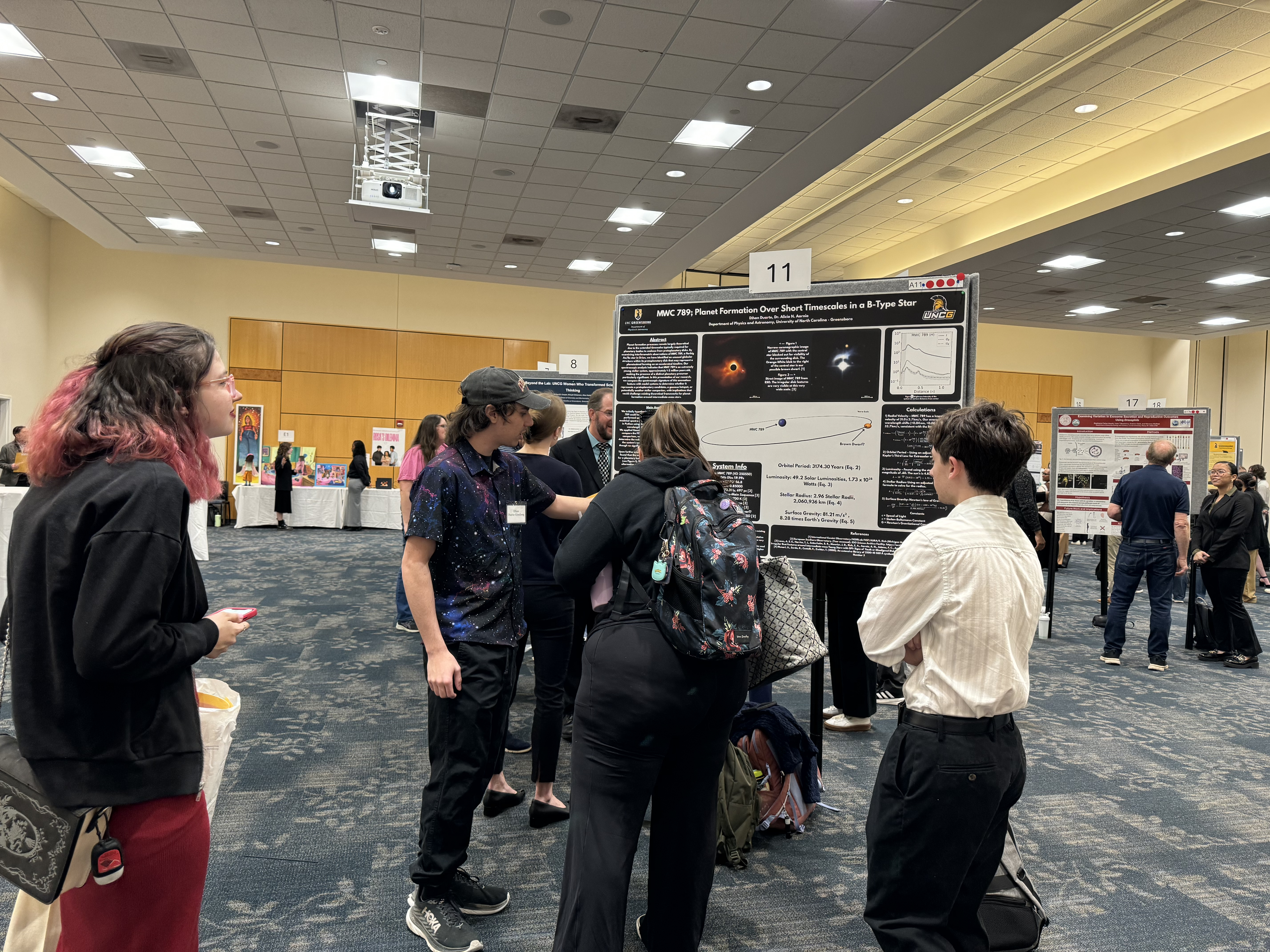
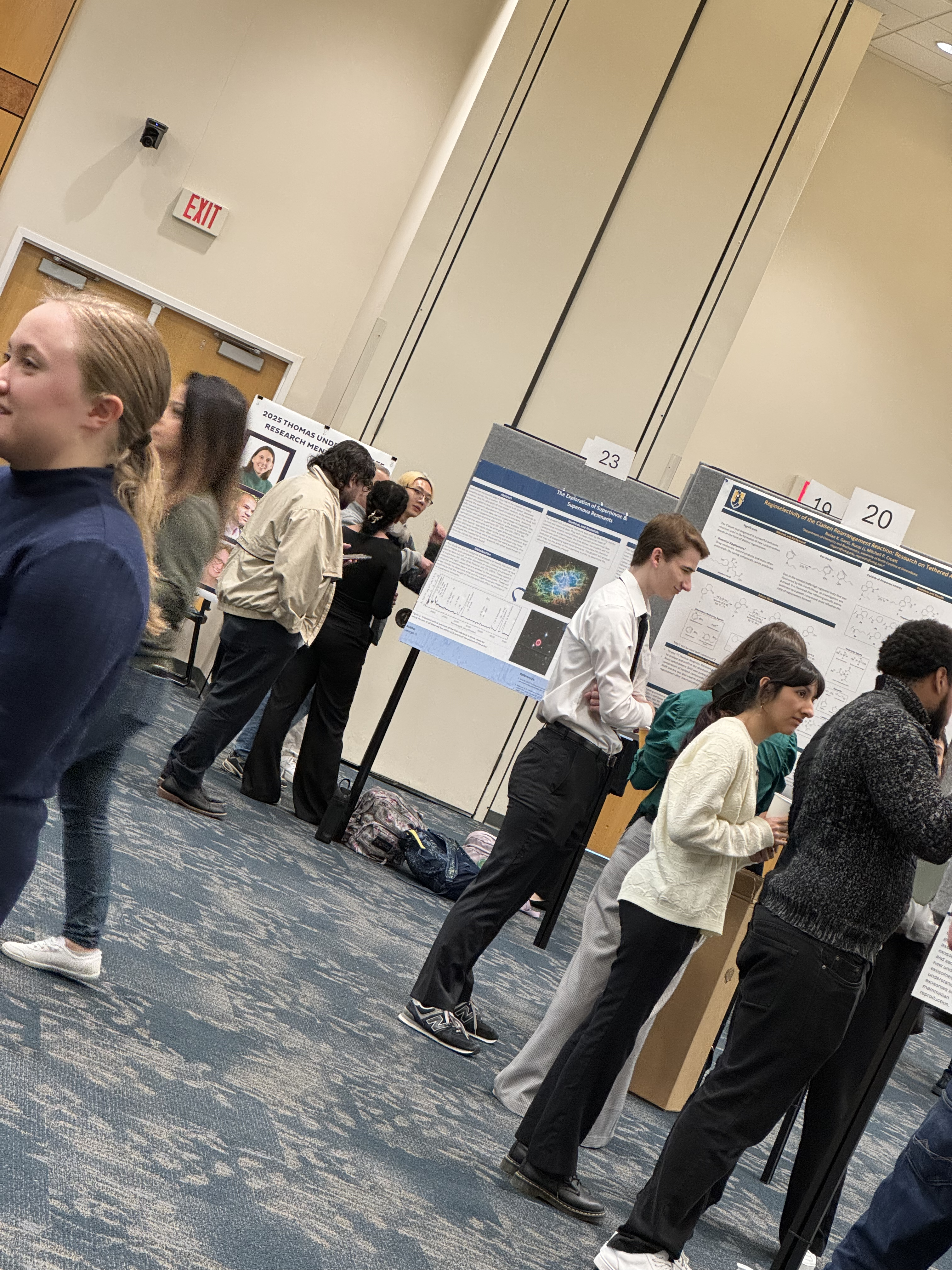

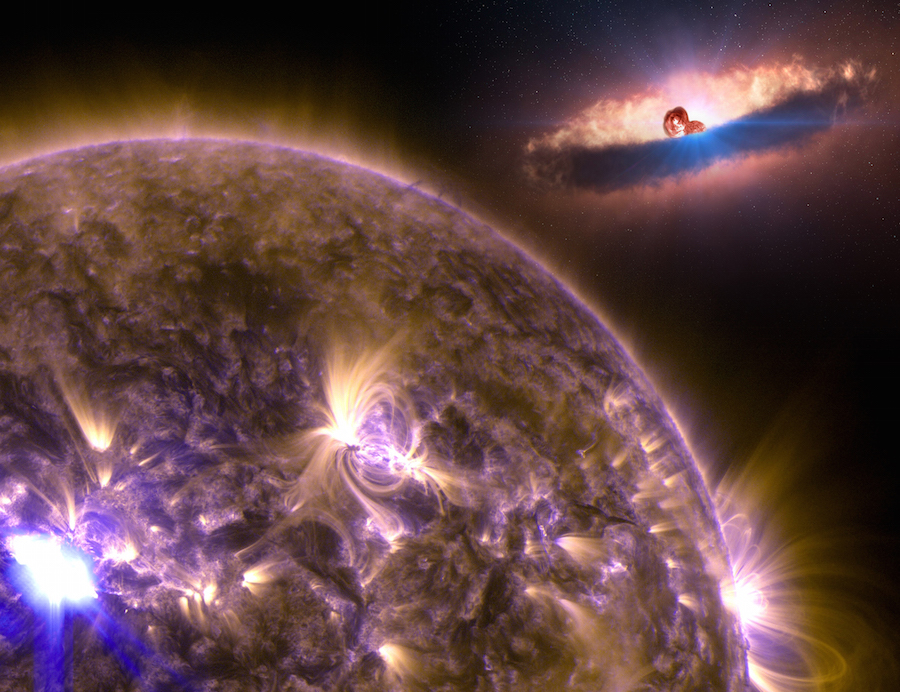
The Solar-Stellar Connection
Our closest star gives us a unique view into the physics that govern properties of and events on far away stellar counterparts. I've used an astronomer's big data approach to analyze high quality, long temporal baseline solar data to estimate the rates and properties of coronal mass ejections on solar-like stars (2011, Solar Physics). I then used those rate estimates to see if it is possible, due to the apparently scaled up levels of activity and magnetic structure size scales, for these stellar CMEs to liberate enough angular momentum to explain observed slower rotation of the most active pre-main sequence Suns (2012, ApJ). I'm currently working on compiling additional solar data to continue these explorations.
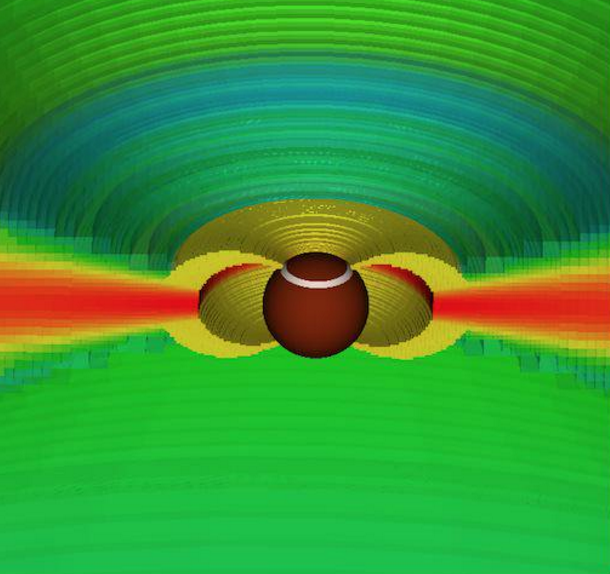
Star-Disk Interaction
The work that motivated me to study the effects of coronal mass ejections on young stars began with the discovery of large-scale post-X-ray flare magnetic loop structures. These structures, up to tens of stellar radii in extent, were thought to be the clearest evidence of direct star-disk interaction. We modeled SEDs in an effort to determine the inner edges of the dust disks of these stars (2010, ApJ) and looked for signs of ongoing accretion as indicators of potential gas within the dust disks. Overall, we didn't find evidence for disk material, dust or gas, close enough to be within reach of the magnetic loops.

Large-scale magnetic structures
Upon realizing the large scale loops were not anchored to circumstellar disk material, we turned to solar mechanical equilibrium models for an explanation. These models balance internal and external gas and magnetic pressures to determine the physical conditions in which a magnetic loop can be stable. For the solar case, the model showed cool prominences could reach great heights in the corona, but hot loops (like those observed on TTS) were confined to heights below the source surface. We altered the model to include appropriate physical parameters for TTS and added a term, a scaled-up solar wind, to be more representative of the physical conditions on a young Sun and found that indeed, we could produce stable hot loops multiple stellar radii in extent, no external disk support needed. (2012, MNRAS)

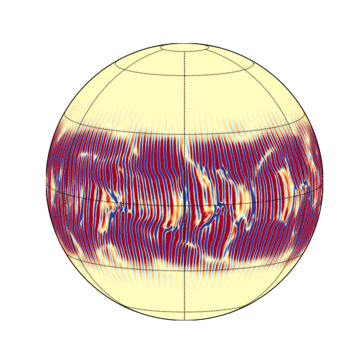
Magnetospheric accretion across the H-R diagram
Moving up to higher mass pre-main sequence stars, most recently, I've been studying magnetospheric accretion in Herbig AeBe stars. These stars are particularly interesting as so few (~10%) have detectable azimuthally averaged magnetic fields. Yet, in our optical spectroscopic data, we see very similar line profiles to their lower mass pre-main sequence counterparts. What we don't see, however, is redshifted absorption indicative of accretion via large-scale dipolar field. Our high cadence variability study (2017, ApJ) shows the majority of the action is happening on the blue sides of the observed spectral lines. At the high resolution of our data, we see rich substructure in the P-Cygni absorption components. Our team has also published results detailing the nature of line profiles in magnetic versus non-magnetic Herbig Ae/Be stars: they are not significantly different (Reiter et al. 2018, ApJ).
To understand how the fields facilitating accretion are generated, I'm working with Ben Brown at CU Boulder to model the earliest phases of HAeBe interiors. We are employing the Rayleigh code by Nick Featherstone, running on the NASA Pleiades cluster.
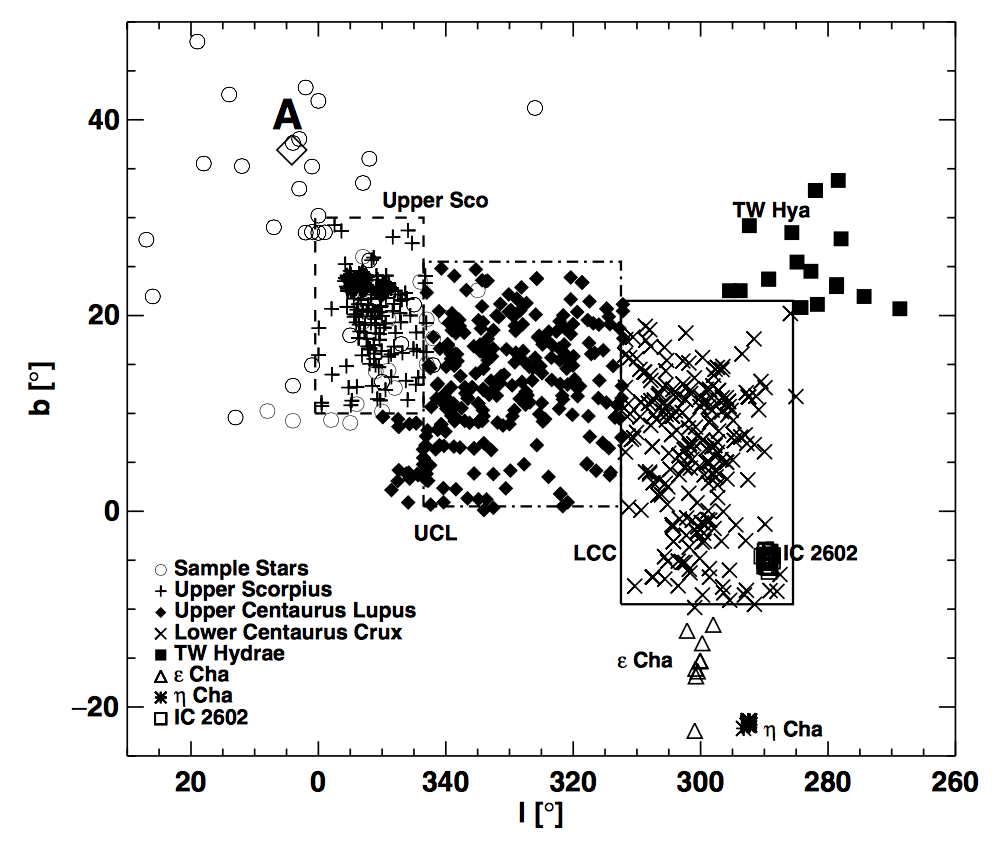
Stellar populations: finding, characterizing associations and moving groups
My first large data set project involved a spectroscopic survey of ~50 stars potentially associated with the HD 141569 triple system (2008, AJ). With the spectra, we searched for indicators of youth (Halpha in emission, Lithium absorption showing the stars were too young to have destroyed it via convection) and measured radial velocities to input to kinematic models searching for a comoving group. More recently, I worked on a survey to find new members of Rho Ophiucus and Chamaeleon (2016, MNRAS). In this work, we also modeled spectral energy distributions of the sample stars.
Collaboration work
I am currently a co-I on a GPI Large and Long Program to observe Herbig AeBe stars. This work is adding to the large array of data gathered over the past decade by our YSO team led by John Monnier. Together, collaborators at the University of Michigan, University of Exeter, CU Boulder, Georgia State University, Boston University, Princeton, the CfA, American Museum of Natural History, Rice University, NRAO, and the Max Planck Institute for Astronomy are working to better understand Herbig AeBe stars, the innermost regions of their circumstellar disks, and whether they host planets. Some results have been published in Monnier et al. 2017.
